The jobs report on Friday came in very strong, and now this week, all the attention will shift back to the CPI report. The odds of a May rate hike have increased following the job report, and it won’t take much from the CPI report to seal the deal on the May 25 bps rate hike; it will only take an inline number on the core CPI reading.
I say core because, at this point, core inflation is all that matters, given that it is expected to be the higher of the two values and is seen rising by up 5.6% in March, which would be hotter than the 5.5% reading in February. Overall, analysts have done a fairly decent job predicting the core CPI rate, so I would not expect much deviation from estimates when the number comes out on April 12.
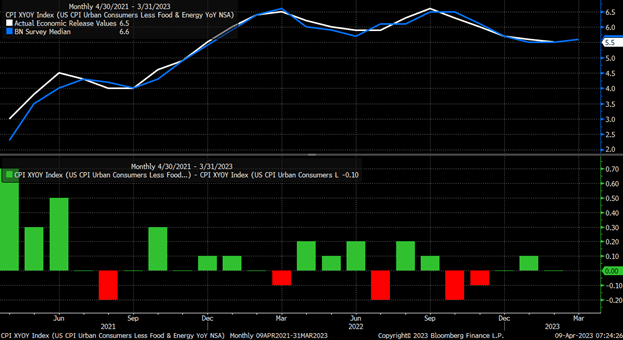
The low unemployment rate and increasing labor participation rate make it more favorable to implement a 25 bps rate hike at this point. Therefore, any CPI reading that does not significantly deviate to the downside will likely confirm a rate hike in May. The probability of a rate hike has already risen to 70% following the job report, and most Fed officials have indicated that they want the Fed’s fund rate to be over 5%. Unless there is another bank failure, I do not see the Fed halting its efforts.
The NASDAQ Composite’s entire movement has been based on the decline in real rates, and if rates begin to increase again, the NASDAQ is likely to decrease. The chart below demonstrates the inverted Nasdaq 100 versus the 10-year real yield, making it easy to observe the correlation between the two.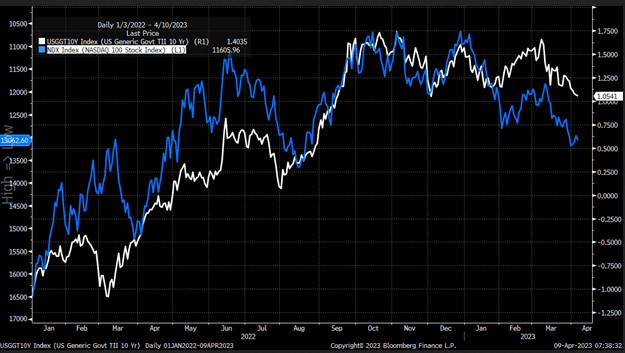
The number of new lows in the NASDAQ has consistently surpassed the number of new highs, indicating a divergence from the increasing composite for quite some time now.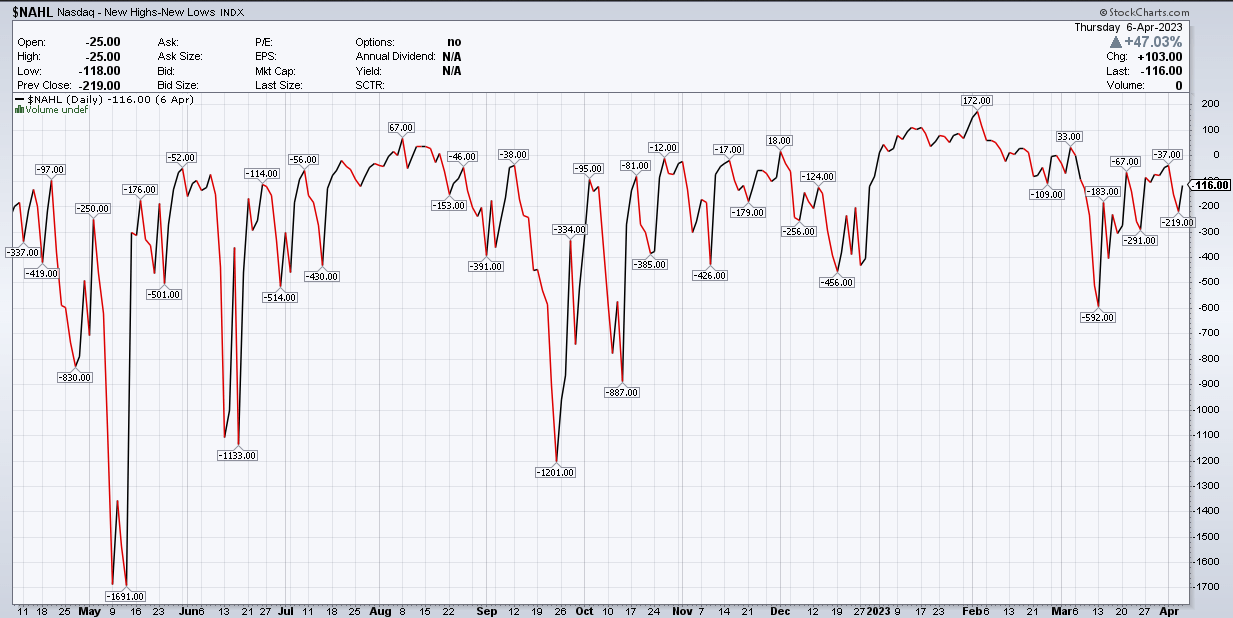
If you examine the cumulative number of new highs minus new lows on a line chart, it can be a reliable leading indicator of the direction the NASDAQ composite is heading. In this case, a rising NASDAQ composite alongside a decreasing cumulative new high minus new lows suggests that the recent rally in the NASDAQ is not sustainable.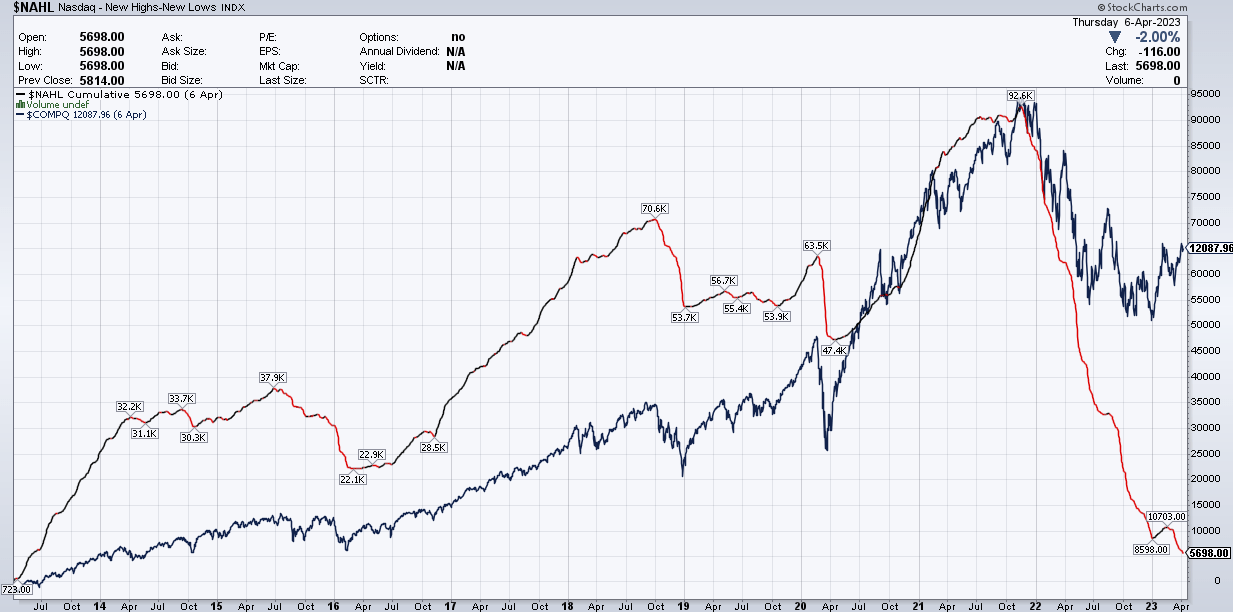
Moreover, the NYSE McClellan Ratio Adjusted Summation index has not indicated a significant upward trend. It has failed to surpass 0, with no signs of this occurring in the near future, marking a very weak rally attempt thus far. A similar scenario occurred in March 2022, which resulted in a sharp decline in the S&P 500 in the following weeks.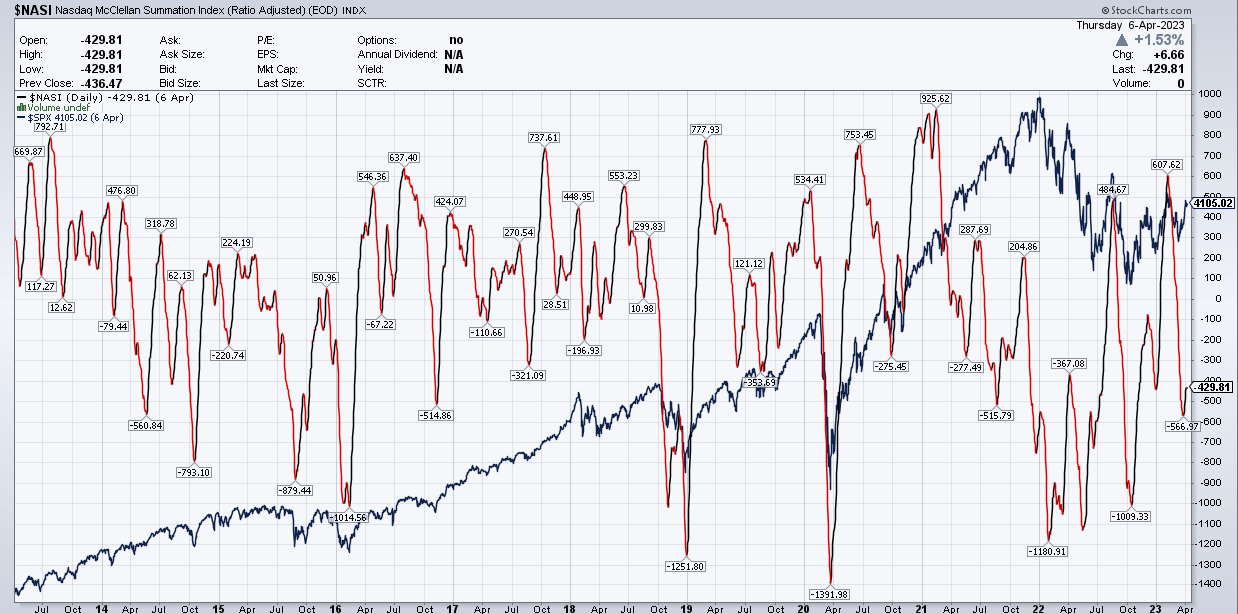
The NASDAQ 100 (NDX) appears to follow the same path as in 2022. Whether this pattern will persist remains uncertain, but it has been the case since January 27.
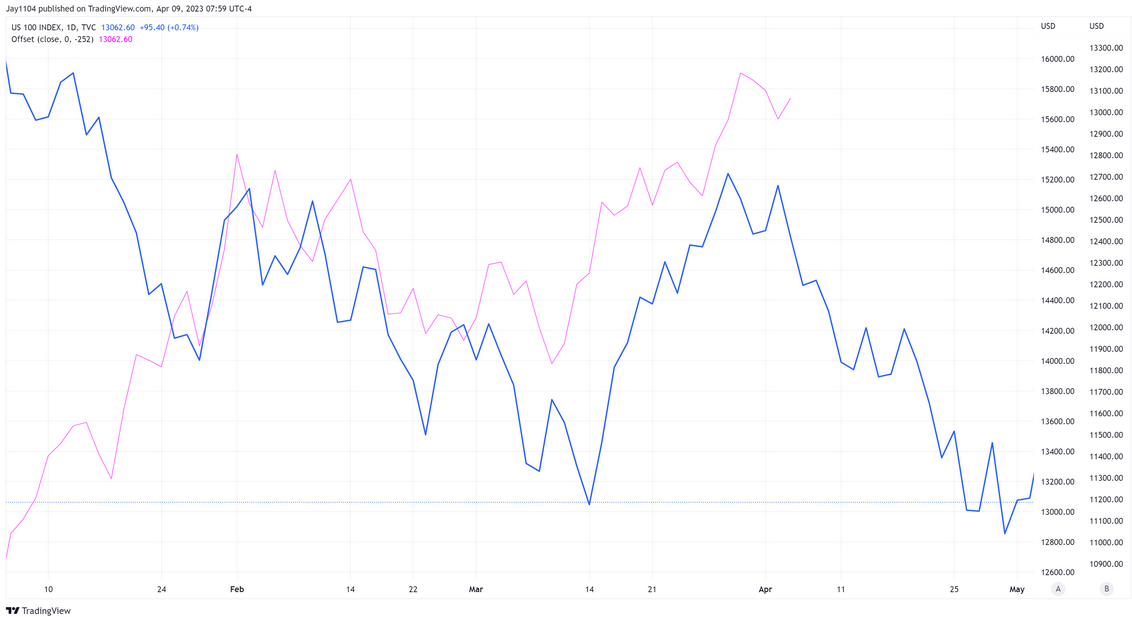
There appears to be a persistent 40-day cycle in the S&P 500, which dates back to October 2021. More recently, this cycle has been associated with the job report and has marked a turning point for the index each month since at least November. If this month also marks a turning point, it would suggest that the index is likely to decline into May.
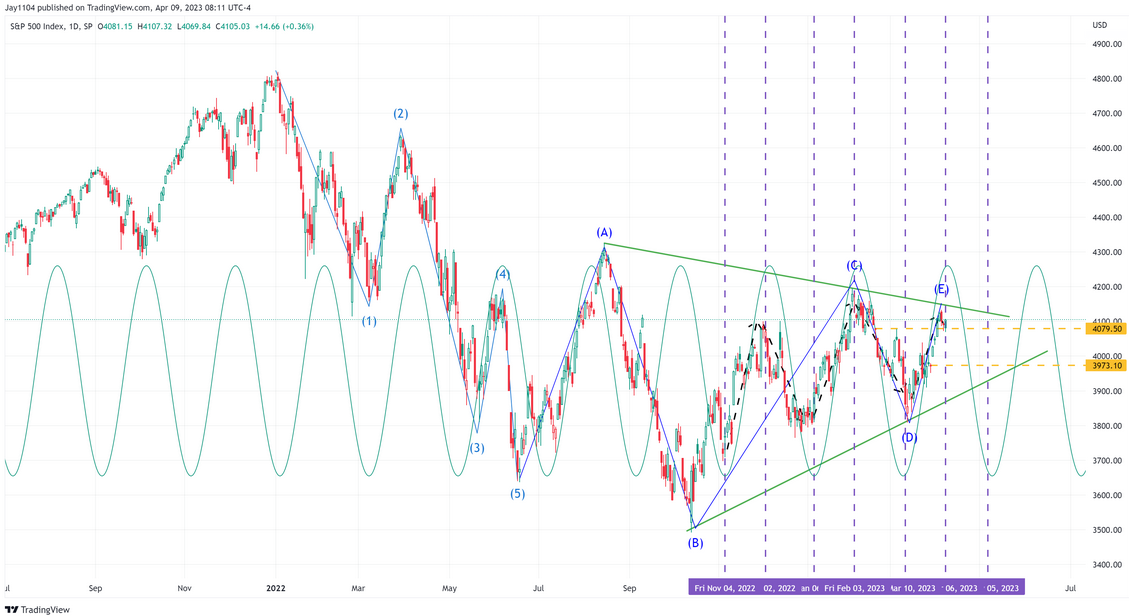
If the S&P 500 (SPX) does indeed turn lower, it could potentially create a head and shoulders reversal pattern. It’s important to be alert and monitor for this pattern.
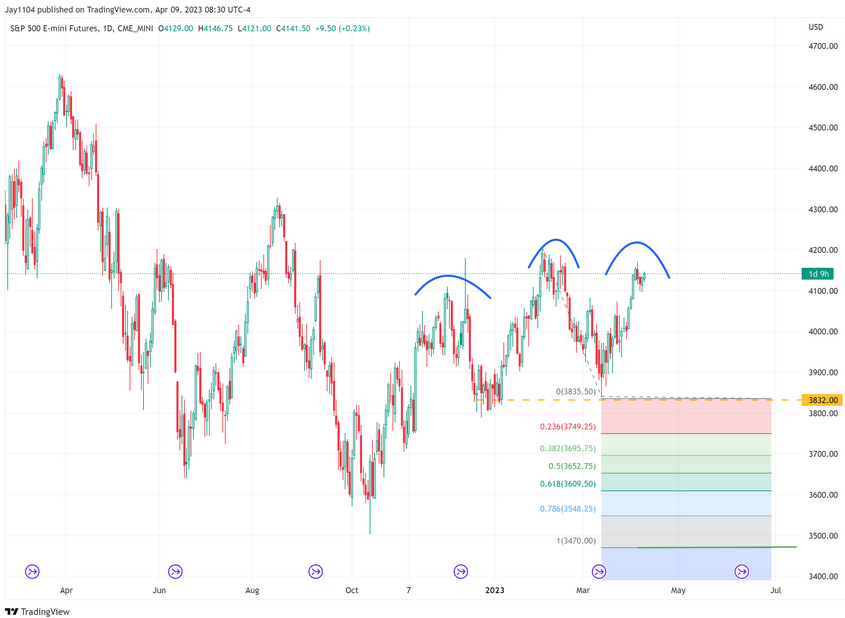
This week, the 30-year Treasury rate may be the most important yield to monitor since it has reached the lower end of its recent range, and Fed policy has limited impact on it. There is a clear support level around the 3.5% mark that is critical for the 30-year rate. If it remains above this level, there is a possibility of further upside and potentially a new high. Conversely, if it falls below 3.5%, the opposite may occur, and there could be a steep decline.
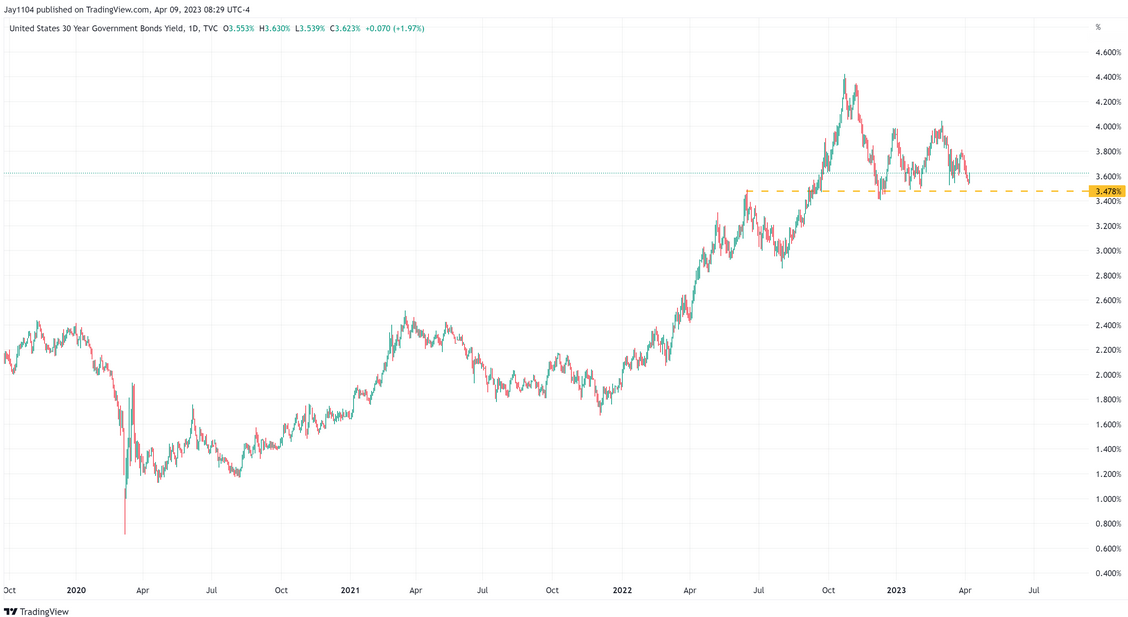
Nvidia (NASDAQ:NVDA) appears to have formed an inverse head and shoulders pattern, and if this is the case, then the objective has almost been achieved along with the retracement.
Although the RSI has been steadily rising, it has recently flattened out and is now showing a bearish divergence by failing to make a higher high while prices have continued to do so. We will have to wait and see whether this marks the end of the NVDA rally. If it stops rising, it would be a logical place to conclude the unsustainable move higher.

Caterpillar (NYSE:CAT) has experienced a sharp decline and has now returned to its support level at $209. The next level to be filled on its downward trend appears to be the big void at $198.
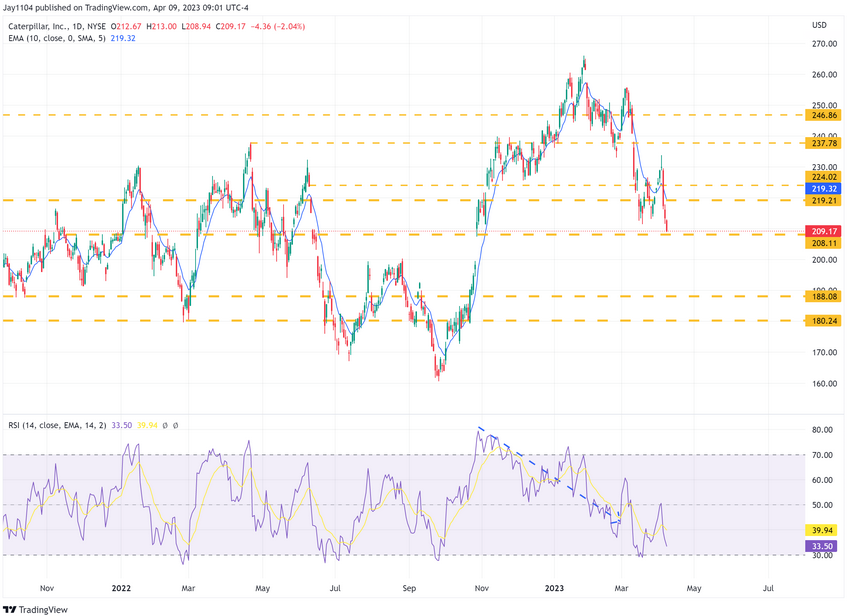
The regional banks will continue to be a focus this week, particularly as the S&P Regional Banking ETF (NYSE:KRE) has broken down and is testing a crucial support level at $42. This is a significant level where the ETF has been consolidating. However, if it breaks this support level, it could trigger a downward trend toward lower levels at around $36.
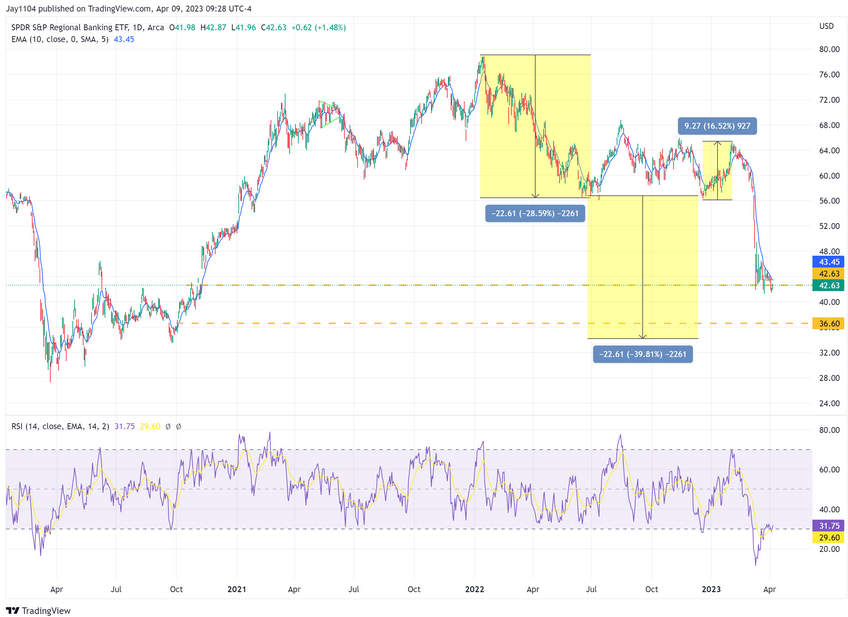
This week’s FREE YouTube Video:
Have a good holiday weekend!
***

